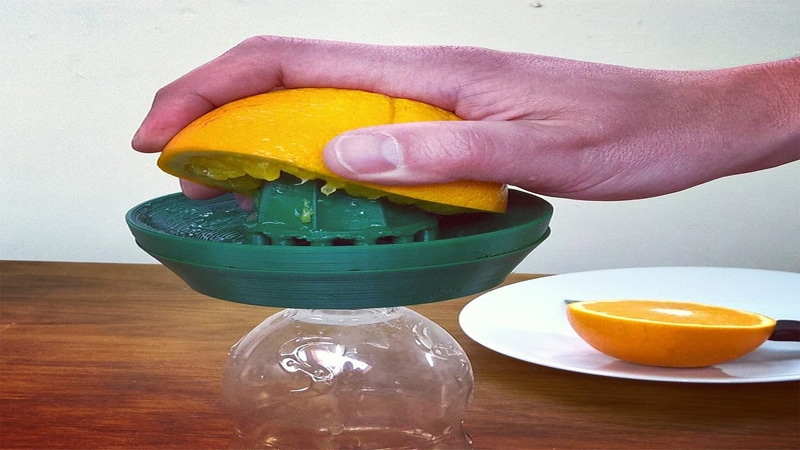Image Source: 3D Printing
Plastics have been a long-time favorite material of the food industry. Plastics are cheap, easy to manufacture in large quantities. But those benefits remain true largely for molded products which are in fact the majority of plastic items. If you want to achieve the same benefits using 3D printing, then you need to maintain standards of your 3D prints at food-grade level. So there are three aspects of food safety. According to 3-A Sanitary Standards, there are three main areas which affect food safety. They are design, materials used and manufacturing process.
Design: When designing a food container or other plastic food item, consideration is given to whether the item is in contact with the surface or not. As a part of the design, 3-A group recommend the following steps to ensure that a plastic part in contact with food is safe.
a) Free of Voids: Voids are common in 3D printed parts. For functional voids, they are allowed but they must be easy to access for cleaning.
b) Smooth Corners: Sharp corners are hard to clean. So you can smooth those sharp corners by turning them into fillets.
c) Robustness: Food-grade parts must be robust enough to withstand without breaking. Voids are the major reason for bacteria formation. Generally 3d printed parts are anisotropic and so can break easily. A 3D printed part should consider this process and should strengthen these weak spots.
Materials: Materials should be non-toxic, corrosion-resistant, smooth, non-absorbent. Also they need to be sterilizable, meaning that they should be able to be cleaned to the point where all bacteria dies on the product.
Process: FFF printers will generally produce rough parts while resin-based produce smooth parts. If you have access to an SLS system, that can be used to create strong and smoother parts. So you know for sure that your process is capable of printing food-safety items but what about the printer? One must be wary of contaminants coming into contact with food surfaces directly from the machine itself. For example, a brass extruder nozzle for a filament deposition device may contain lead for lubrication, or there may be other toxic lubricants deposited onto the part. For this reason, the machine itself should be using food-safety materials, when coming in contact with food surfaces.
Surfaces: One of the biggest aspects of manufacturing food safety plastics is related to the surface finish of the end product. The surface is related to all aspects of 3-A standards.To achieve the smoothness on a 3d printed part post-processing is done. Another solution is coating. Chemical coatings such as food-safe epoxy or polyurethane allow the filling of pores and voids. Make sure that the chemical you use to coat should be compatible with cleaning products you use in future.
Designing food-safety plastic products is a holistic process and should be planned in advance. In this way 3d printing technology has evolved so much fulfilling our needs.
